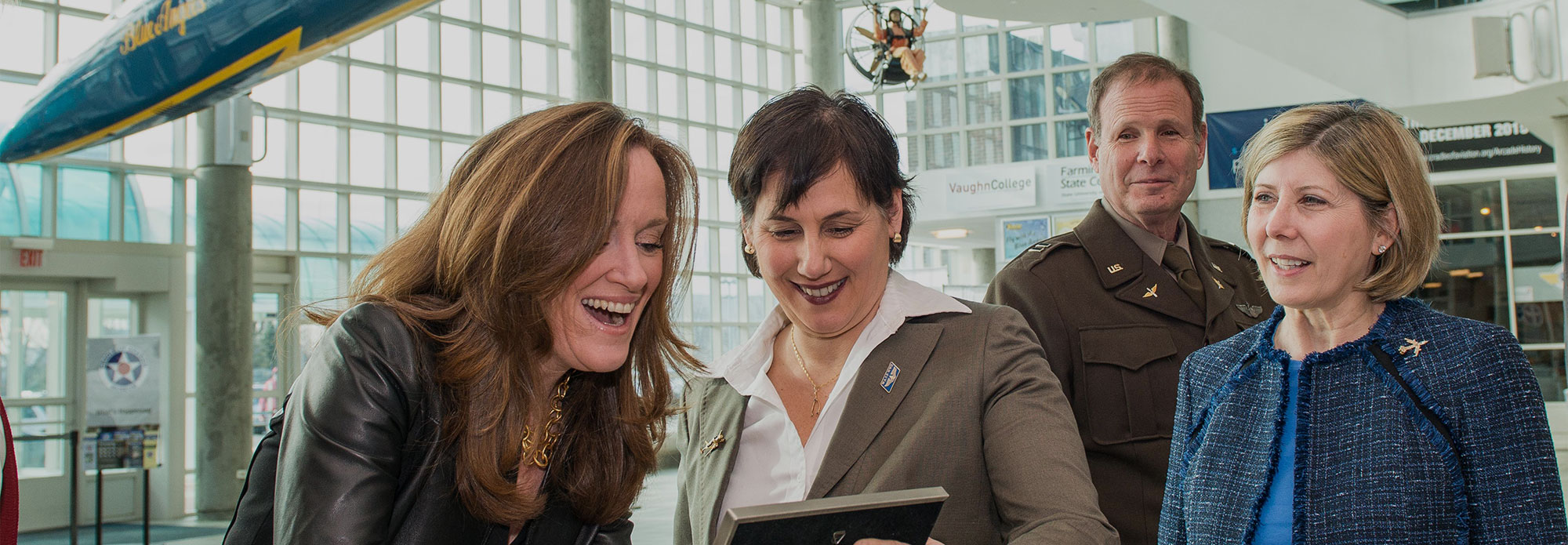College Affordability
RELIEVING STUDENT LOAN DEBTStudent loan debt has exploded in recent years and continues to rise faster than any type of debt, with more than $1 trillion outstanding nationwide and more than $60 billion outstanding in New York alone. Today, seven out of 10 college students graduate with debt, and average debt per student has tripled in the past 20 years – from $10,000 in 1994 to more than $30,000 in 2014.Kathleen knows that these numbers are crushing the next generation of American workers and weighing heavily on our whole economy. Too many young men and women are forced to make high monthly loan payments when they should be striving for financial security and fully participating in our local economies. Easing the student loan debt burden will spur our economic recovery forward and give the next generation greater opportunity to make the American Dream a reality. The first step is to provide relief to the millions of borrowers who took out loans when interest rates were high, and are now stuck making exorbitant monthly payments while also contending with a recovering economy, wage stagnation, high costs of living and an increasingly competitive job market. That’s why Kathleen cosponsored the Bank on Students Emergency Loan Refinancing Act, which will allow these borrowers to refinance their loans at lower interest rates. Corporations, homeowners, and other types of debtors all have the opportunity to refinance when interest rates are low, and it’s time we give people with student loan debt the same opportunity. Doing so will benefit an estimated 1.58 million people in New York alone, and will inject billions of dollars in discretionary spending nationwide. MAKING COLLEGE MORE AFFORDABLEStudent loan debt has soared in part because the costs of going to college have soared while median household income has remained stagnant or even slightly declined. And as these rising costs put a college degree further and further out of reach for middle- and lower-income students, federal aid has not been robust enough to bridge the gap. Kathleen believes we can never let wealth become a prerequisite for a quality college education in this country, and she is committed to making college more a more affordable reality for all students and parents.Protect tax breaks for middle- and low-income families – Rising costs and stagnant wages have forced many parents to put more and more money towards their children’s college tuition, only to find that it covers less of the costs. To make up the difference, more students are forced to take on more and more debt. There’s no question that we need to work with state and local governments and post-secondary institutions to rein in costs, but we also need to offer support to parents who are struggling to meet those costs. Kathleen is committed to easing their burden and reducing student debt by offering tax breaks and incentives for tuition and other college costs. While some tuition tax credits currently exist, they’ve been repeatedly targeted for elimination in recent budgets. Kathleen believes we need to be protecting and expanding support for parents who sacrifice to help their kids go to college, and she will continue to work to protect and expand tax policies that offer greater financial support where it’s needed most. Expand aid for low-income students – Over the past 50 years, Pell Grants have helped millions of students from low-income families go to college and earn their degrees. Pell Grants remain the best tool we have for ensuring that low-income students can access a quality college education, but the program has not evolved to meet the costs of college in the 21st century. When the program began, a grant covered as much as 70% of an eligible student’s costs – today, it’s barely 30%. The maximum grant allowed is $5,730 a year, despite the fact that most students receiving Pell Grants come from families earning less than $30,000 a year. Kathleen knows that this shortfall keeps college doors closed to many intelligent, hard-working American students, and it makes earning a degree that much harder for enrolled students who are often forced to take one or even two paying jobs while maintaining a full academic course load. Kathleen will continue working to expand college access by strengthening the Pell Grant program and restoring its purchasing power to reflect the reality of what it costs to go to college in the 21st century. |





